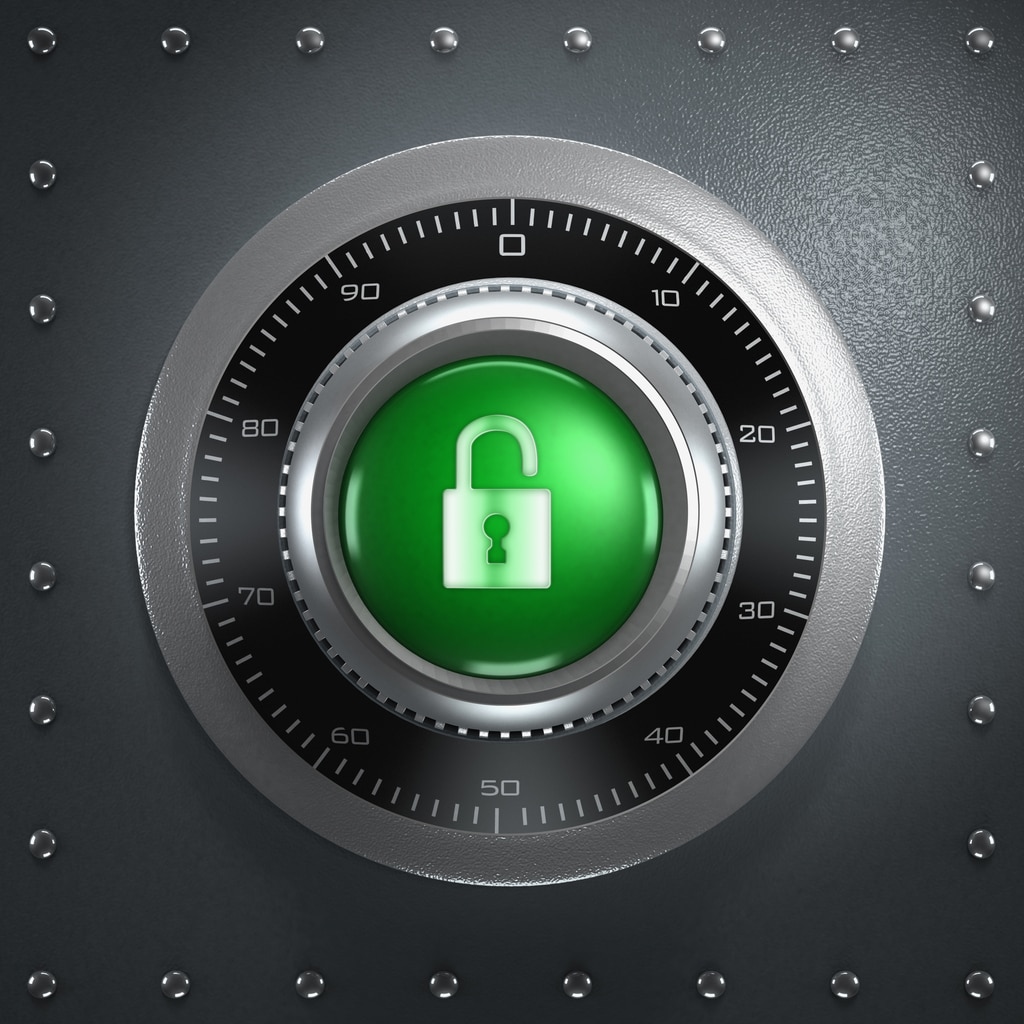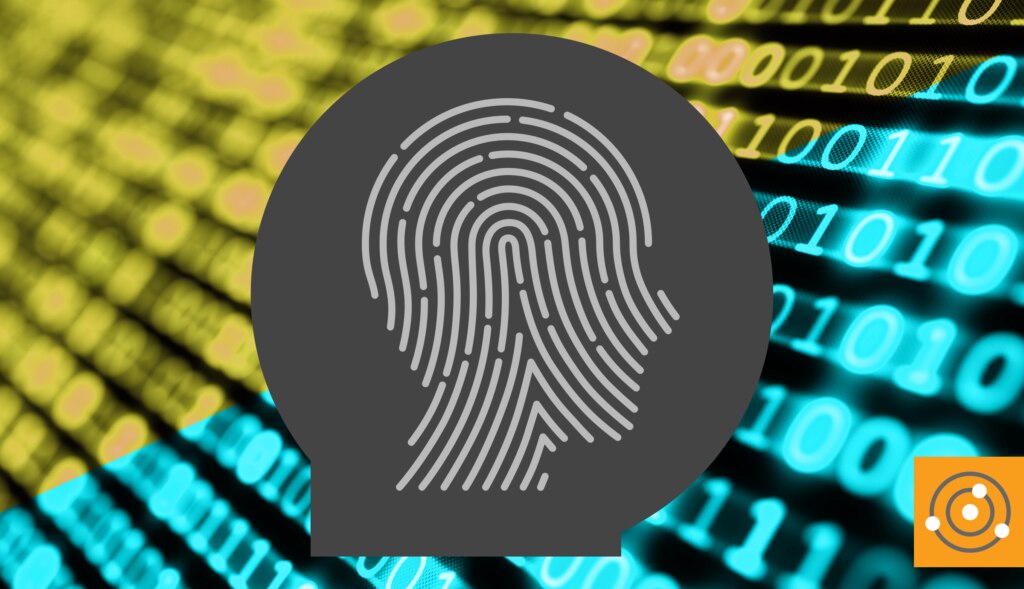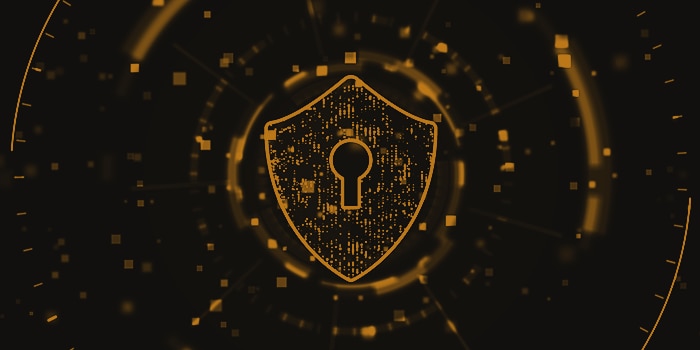The Continuous Diagnostics and Mitigation (CDM) Program, issued by the Department of Homeland Security (DHS), goes a long way toward helping agencies identify and prioritize risks and secure vulnerable endpoints.
How can a federal IT pro more effectively improve an agency’s endpoint and data security? The answer is multi-fold. First, incorporate the guidance provided by CDM into your cybersecurity strategy. Secondly, and in addition to CDM—develop a data protection strategy for an Internet of Things (IoT) world.
Discovery Through CDM
According to Cybersecurity and Infrastructure Security Agency (CISA), the DHS sub-agency that has released CDM, the program “provides…Federal Agencies with capabilities and tools to identify cybersecurity risks on an ongoing basis, prioritize these risks based on potential impacts, and enable cybersecurity personnel to mitigate the most significant problems first.”
CDM takes federal IT pros through four phases of discovery:
What’s on the network? Here, federal IT pros discover devices, software, security configuration settings, and software vulnerabilities.
Who’s on the network? Here, the goal is to discover and manage account access and privileges; trust determination for users granted access; credentials and authentication; and security-related behavioral training.
What’s happening on the network? This phase discovers network and perimeter components; host and device components; data at rest and in transit; and user behavior and activities.
How is data protected? The goal of this phase is to identify cybersecurity risks on an ongoing basis, prioritize these risks based upon potential impacts, and enable cybersecurity personnel to mitigate the most significant problems first.
Enhanced Data Protection
A lot of information is available about IoT-based environments and how best to secure that type of infrastructure. In fact, there’s so much information it can be overwhelming. The best course of action is to stick to three basic concepts to lay the groundwork for future improvements.
First, make sure security is built in from the start as opposed to making security an afterthought or an add-on. This should include the deployment of automated tools to scan for and alert staffers to threats as they occur. This type of round-the-clock monitoring and real-time notifications help the team react more quickly to potential threats and more effectively mitigate damage.
Next, assess every application for potential security risks. There are a seemingly inordinate number of external applications to track and collect data. It requires vigilance to ensure these applications are safe before they’re connected, rather than finding vulnerabilities after the fact.
Finally, assess every device for potential security risks. In an IoT world, there’s a whole new realm of non-standard devices and tools trying to connect. Make sure every device meets security standards; don’t allow untested or non-essential devices to connect. And, to be sure agency data is safe, set up a system to track devices by MAC and IP address, and monitor the ports and switches those devices use.
Conclusion
Security isn’t getting any easier, but there are an increasing number of steps federal IT pros can take to enhance an agency’s security posture and better protect agency data. Follow CDM guidelines, prepare for a wave of IoT devices, and get a good night’s sleep.
Find the full article on Government Technology Insider. 




